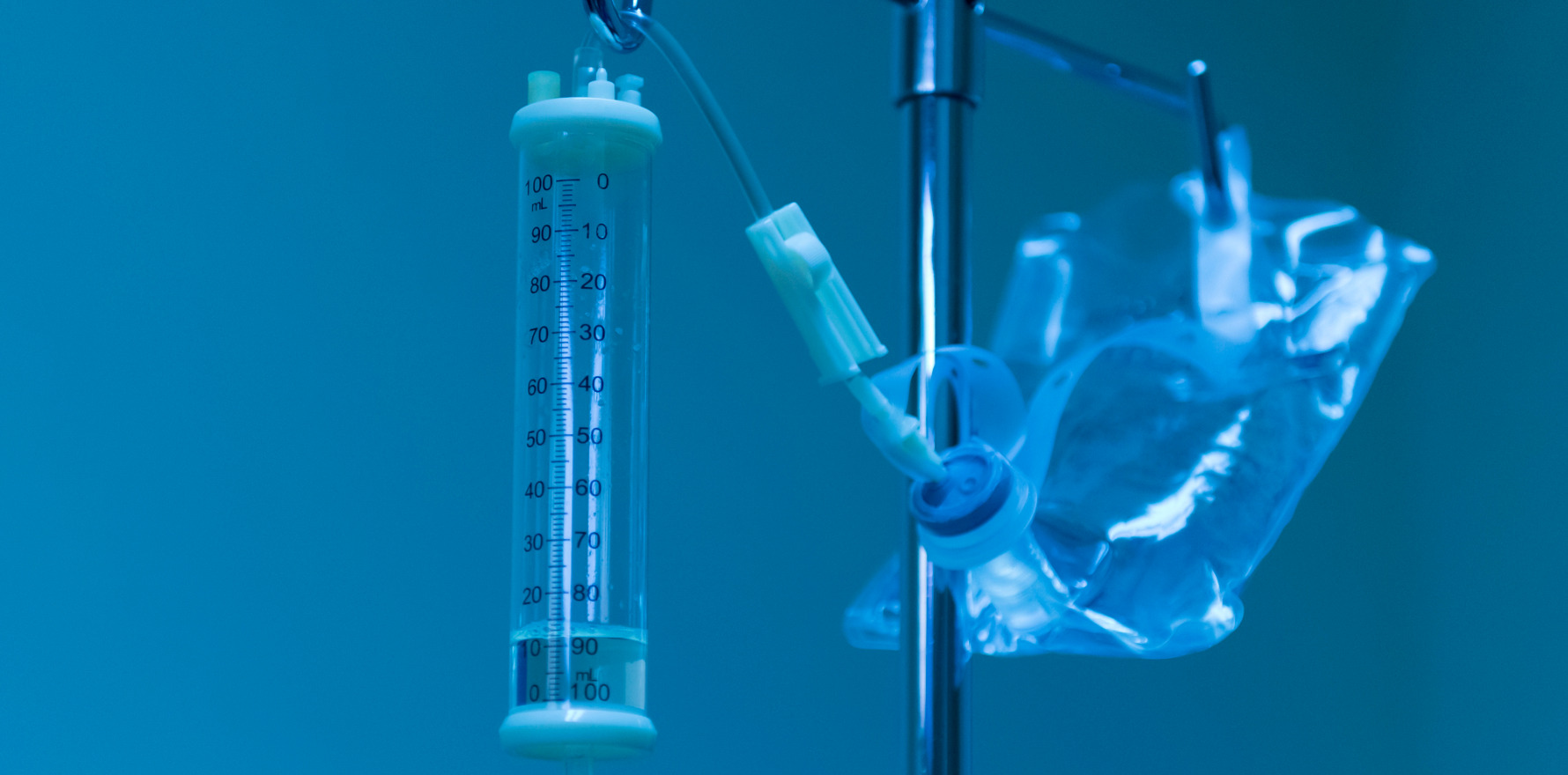But the health ministers’ joint statement was all about monitoring and reassurance with not much detail on how the crisis is being addressed.
The federal government knew a year ago that a shortage of IV fluid was a possibility, according to opposition health spokesperson Senator Anne Ruston, as Friday’s health ministers’ meeting promised continue monitoring the situation.
Senator Ruston released a statement on Friday claiming that Finance Minister Katy Gallagher had admitted that the Albanese Government became aware of the impending shortage more than a year ago.
“There are serious and immediate questions to be answered by our health ministers, including why it has taken so long to act and how significant the impact is going to be for our hospitals,” said Senator Ruston.
According to The Australian, the country’s only onshore IV fluid manufacturer, US firm Baxter Healthcare, has a factory in western Sydney, and is continuing to supply New Zealand with adequate stocks.
“It was outrageous to hear Minister Gallagher admit that the government has been aware of an impending shortage since May 2023,” Senator Ruston told the paper.
“We are now in August 2024 and a ‘monitoring group’ was only set up just over a week ago. We are beyond monitoring. We need action and leadership.”
Senator Ruston said Health Minister Mark Butler “must immediately stand up and assure Australians that their federal government is guaranteeing our supply of these critical fluids”.
“We need an urgent and nationally coordinated response to the shortage of IV fluids to ensure no Australian patient is harmed by this national crisis,” she said.
Friday’s Health Ministers’ meeting in Sydney referenced the formation of the “cross-jurisdictional response group” to deal with the ongoing shortage of IV fluids.
In a joint statement released late on Friday, the health ministers said the response group would “continue to meet on a weekly basis, or more frequently if required, while supply remains constrained in Australia”.
The group is made up of all states and territories, the Commonwealth and a broader representation from private hospitals and primary care.
Steps had already been taken, said the health ministers, to address supply and distribution issues, including:
- Sharing data across jurisdictions on usage and supply, and ensuring that producers and suppliers of IV fluids in Australia are providing data on their current supply and production forecasts, to better understand the severity and duration of the shortage;
- Ensuring there is a coordinated national approach to distribution across the jurisdictional supply chains;
- Partnering across government to work with manufacturers and distributers to help them address supply issues; and
- Agreeing consistent messaging across all jurisdictions to support appropriate usage while supply remains constrained.
“Ministers reiterated that the response group will continue to identify additional procurement opportunities while supply remains constrained,” said the joint statement.
“The response group was directed by Ministers to consider options to maintain supply of IV fluids within Australia.”
Related
A spokesperson for DoHAC told the Australian that IV fluids were a state responsibility.
“States and territories coordinate use and supply of IV fluids within their jurisdictions,” she told the newpaper.
“The current supply of IV fluids in Australia is being affected by a global supply limitation, unexpected increases in demand and manufacturing issues.
“The Therapeutic Goods Administration actively monitors the supply of important medicines in Australia. While it is not the role of the TGA to coordinate the supply of medicines, the TGA works with pharmaceutical companies, peak bodies and other stakeholders to minimise the effects of shortages on consumers and health professionals.”





